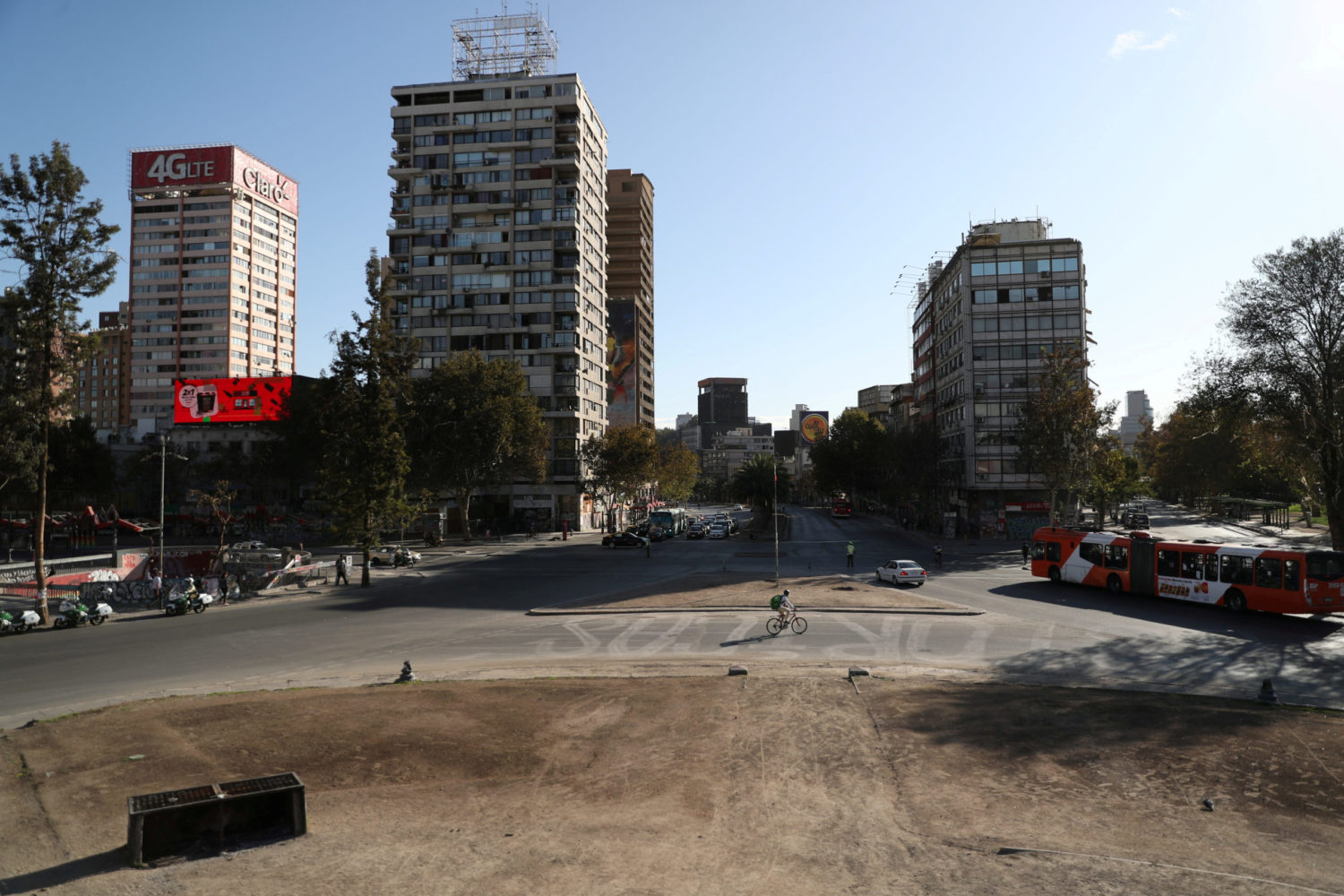
(Reuters) – Daily U.S. deaths from COVID-19 surpassed 3,000 for the third time in a week as the country expanded its vaccination program and the U.S. Congress progressed toward approving financial relief for the pandemic-stricken country.
The death toll of 3,102 on Tuesday, the third highest total since the pandemic began, increased the cumulative number of U.S. fatalities to 304,187, according to a Reuters tally. The case load of 16.7 million infections represented roughly 5% of the U.S. population.
Inoculations of the newly approved COVID-19 vaccine entered their third day on Wednesday, set aside for doctors, nurses and other frontline medical workers, along with residents and staff of nursing homes.
The vaccine, developed by Pfizer Inc and German partner BioNTech SE, won emergency-use authorization last Friday. A second vaccine from Moderna Inc could get emergency-use approval this week.
U.S. officials aim to get 2.9 million doses delivered by week’s end, but it will take several months before vaccines can be obtained on demand by the public at large.
Political leaders and medical authorities have launched a two-pronged media blitz avowing the safety of the vaccines while urging Americans to remain diligent about social distancing and mask-wearing until inoculations become widely available.
Experts fear deaths and cases could further soar if people reject their advice to cancel year-end holiday gatherings. A significant portion of the American public has already shown disdain for basic public health guidance, and only 61% of respondents in a recent Reuters/Ipsos poll said they were open to getting vaccinated.
The virus has spread so fast that many California hospitals have run out of space in their intensive care units.
The state has ordered scores of refrigerator storage trailers for corpses and distributed 5,000 body bags to San Diego, Los Angeles and Inyo counties, Governor Gavin Newsom said.
The pandemic has also put millions of people out of work as states and localities imposed sweeping stay-at-home orders and closed businesses to control the spread.
Congress has failed to pass new coronavirus aid since April, but congressional leaders on Tuesday reported substantial progress toward a coronavirus deal and a bill to avert a government shutdown.
(Reporting by Reuters staff; Editing by Steve Orlofsky)











